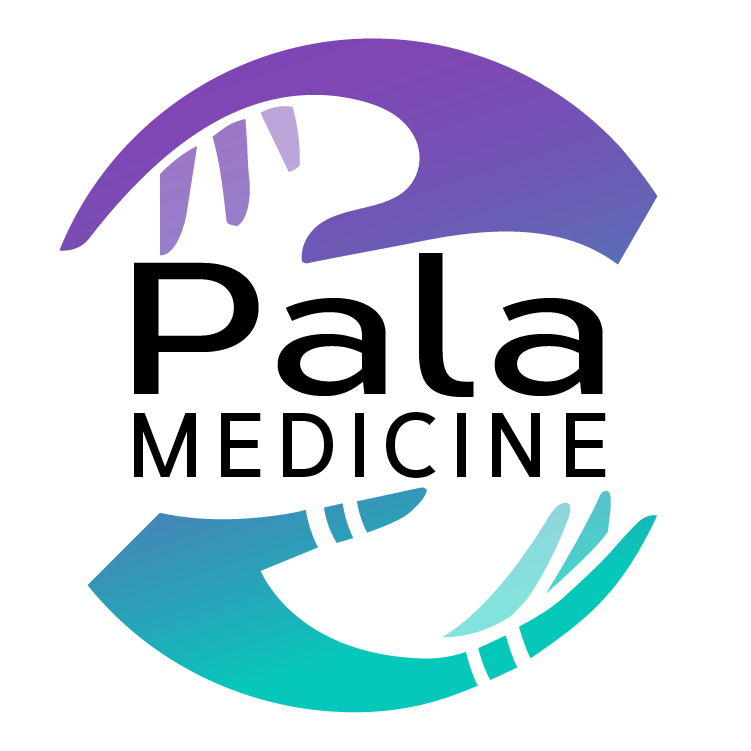
Ketamine therapy has been shown to help improve mobility, decrease time lost to painful episodes due to chronic regional pain syndrome (CRPS), and a decreased reliance on pain killers.
Ketamine therapy has been shown to improve chronic daily headaches, new daily persisting headache, neuropathic pain, and chronic pelvic pain. It is widely used to treat acute post-operative pain, breakthrough pain, Complex Regional Pain Syndrome, neuropathic pain, ischemic limb pain disorder, cancer pain, phantom limb pain and migraine with aura.
Ketamine is a potent non-opiate analgesic (painkiller) effective for treating both Acute and Chronic Pain. It does this by causing a functional and electrophysiologic dissociation between the neocortical and limbic areas of the brain.
Due to its safety profile it is used regularly in the treatment of acute and chronic pain and in pediatric procedural sedation. Ketamine provides analgesia (pain relief) that is comparable to that produced by morphine or fentanyl but without as much respiratory depression, which lends to its safety in a non-hospital setting.
As a battlefield anesthetic, it is commonly known as a ”buddy drug” due to its safety and ease of use. Ketamine is also useful in instances when opioids no longer provide sufficient pain relief as it has been suggested to reduce opioid tolerance and pain hypersensitivity.
When treating chronic pain, ketamine is usually delivered through the intravenous (IV) route for up to 4 hours at a time in the office. The contact time of ketamine with the nervous system is known to stimulate neuroplasticity – increased connectivity between neurons – over the course of the following days to weeks. By extending the impact of ketamine beyond the infusion of medicine with a regular program of supportive interventions, eg, physical rehabilitation, patients can experience a greater return of function in the days to weeks following a treatment.
Chronic Pain frequently becomes associated with depression and anxiety, and ketamine also has the benefit of being an anti-depressant. Patients note that “ketamine is the most effective treatment .. for chronic pain.”
Complex Regional Pain Syndrome (CRPS), previously known as Reflex Sympathetic Dystrophy, is notoriously difficult to treat but has been shown to respond to low-dose ketamine which provides acute pain relief and a noticeable permanent overall reduction in pain intensity gradually over several months.
- Neuroplasticity extends the impacts of ketamine beyond the infusion of medicine itself.
- Chronic Pain frequently becomes associated with depression and anxiety, and ketamine has the benefit of being an analgesic, and patients have noted that “ketamine is the most effective treatment .. for chronic pain.”
- Complex Regional Pain Syndrome (CRPS), previously known as Reflex Sympathetic Dystrophy, is notoriously difficult to treat but sometimes responds to high-dose ketamine protocols offered in the United States and Germany.
- Low-dose ketamine can provide noticeable acute pain relief and some may notice permanent overall reduction in pain intensity gradually over several months.
- Ketamine improves chronic daily headaches, new daily persisting headache, neuropathic pain, and chronic pelvic pain.
Find out if ketamine therapy is a right for me.
Book a free consultation call now…



